As temperatures rise, so does the amount of time we spend under the sun. Read on to discover a list of lesser-known ways you can maintain sun safety all summer long and reduce your chance of catching a nasty sunburn.
There are many ways to prevent or heal sunburns that may come as a surprise. To protect your skin and your health, check out these lesser-known tips for staying sun-safe all summer long.
Simple Ways to Practice Sun Safety in the Summer
Eat Nourishing Foods to Protect Your Skin
Did you know that you can help protect and heal your skin from sunburn by eating certain foods? Here are a few nourishing options you can incorporate into your diet this summer:
Omega-3 Fatty Acids
Found in flax seeds, walnuts, and hemp seeds, fish oil, shellfish, fish roe, and a variety of fish, omega-3 fatty acids are excellent at reducing the effects of too much sun. While all of these options help, those from animal sources are the most effective, as they contain a super-powerful omega-3 called EPA.
Tomatoes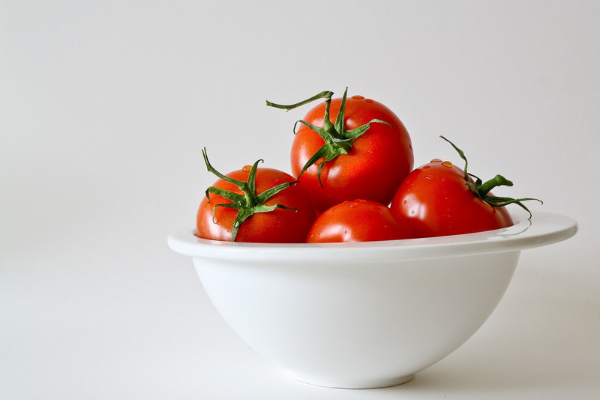
Growing tomatoes in your garden this year? Don’t hesitate to indulge in them! Tomatoes are high in lycopene, which research shows can help protect against biomarkers of photo-damage in your skin.
Although cooked tomatoes have the highest concentration, go ahead and enjoy them raw too.
Beta carotene
According to a large meta-analysis, beta carotene is another effective sunburn protector. Up your dose of this helpful nutrient with supplements or by eating brightly coloured plant foods such as carrots, sweet potatoes, pumpkin, mangoes, apricots, and leafy greens like spinach, kale, or collards.
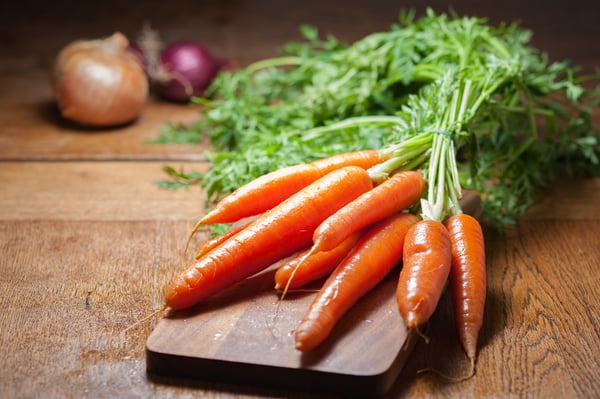
H2O
Roughly 60% of the human body is made up of water. We use water daily, and sometimes can forget about the key role it plays in our lives. This essential substance that covers 71% of the Earth is also an excellent (and affordable) way to heal a sunburn. Because sun exposure dries out your skin and dehydrates your body, staying hydrated is one of the most important things you can do to heal a sunburn quickly.
Limit Alcohol
Another way to stay hydrated is to reduce alcohol. Not only does drinking increase your chances of getting burnt, it also worsens heat exhaustion symptoms afterward. Plus, depending on how much you’ve been drinking, it can make it much more difficult to judge how long you’ve been out in the sun.
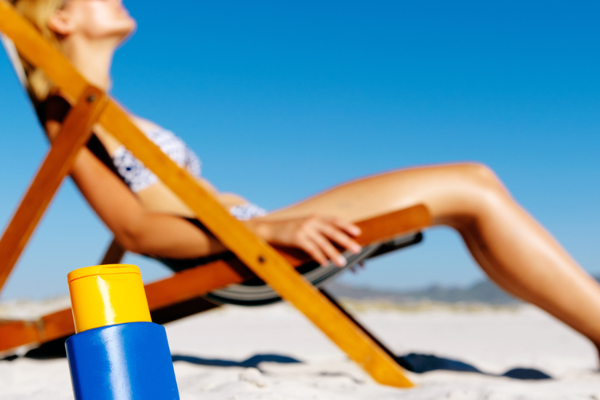
Choose the Right Sunscreen
Although following these helpful summer safety tips is useful, choosing the right sunscreen is still a must.. However, most of the options available are packed with chemicals, so if you have sensitive skin you should look into natural sunscreen alternatives.. Check out the Environmental Working Group’s great list of all-natural, effective SPF sunscreens and their price points to find the right fit for you.
Try Natural Sunburn Remedies to Heal Faster
Even if you follow all of the tips included in this article on how to stay safe in the summer sun, it may be inevitable that you experience some degree of sunburn this summer. Luckily, there are lots of excellent natural remedies available, including:
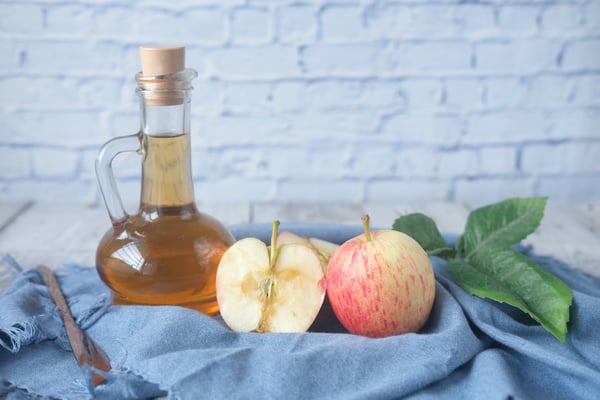
Apple Cider Vinegar
Apple cider vinegar restores your skin’s pH levels and is a natural astringent, making it the perfect way to heal sunburns. In severe cases, its antibacterial properties can also help prevent any blisters from becoming infected. Try applying it as a compress, using it as a spray, or adding it to bath water. Remember- with apple cider vinegar a little goes a long way, so be sure to dilute it with equal parts water and follow a recipe to ensure you don’t irritate the surrounding skin.
Lavender Oil
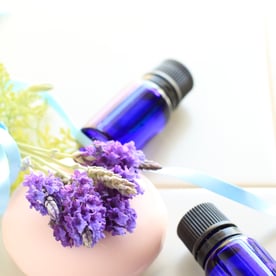
Not only does this essential oil have cooling properties, it’s also antibacterial and anti-inflammatory—a perfect soothing option for sun-damaged skin. Lavender oil can be applied directly to the skin, diluted with water and used as a spray, or added to a bath.
Aloe Vera
Aloe vera is another effective method for treating sunburn. But because it is often mixed with other substances, make sure you check the ingredients label when buying it in-store. For the most natural option, choose the one with the fewest additive ingredients and the highest concentration of pure aloe.
Milk
Finally, a cool milk compress is another great, and cost-effective, method for soothing inflamed skin. This surprising remedy works in two ways: the proteins reduce pain and discomfort, while the fat helps keep skin moisturized.
Is it Sunstroke? Signs to Watch Out For
Although prevention goes a long way, it’s still important to be wary of sunstroke. Protect yourself and your loved ones by knowing the telltale signs of sunstroke:
- headache
- dizziness and confusion
- nausea and loss of appetite
- excessive sweating and pale, clammy skin
- cramps in the arms, legs, and stomach
- fast breathing or a high pulse
- body temperature of 38°C or above
- intense thirst
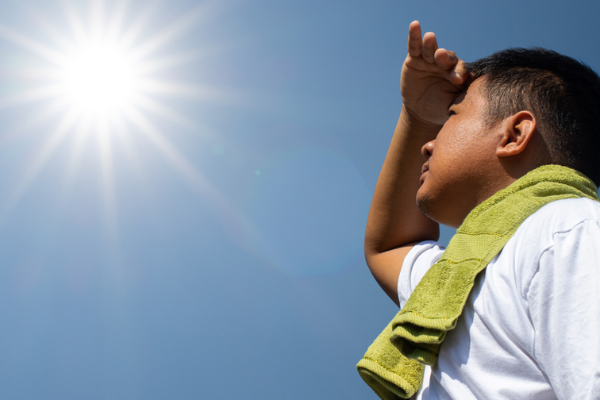
If someone you’re with begins to experience any of these symptoms, it’s important to keep their temperature as low as possible. Have them lie down in a cool room with a fan, give them plenty of water, and ask them to put on light, loose clothing (or, better yet, none at all). Finally, if symptoms worsen, make sure they receive medical attention immediately.
Conclusion
Unfortunately, the hottest months of the year can be quite dangerous for your health. As with many things in life, the best solution is prevention. Using a safe and effective sunscreen and eating lots of skin-supporting foods is a great place to start. If you do get a sunburn, try treating it naturally, and always be aware of the signs of sunstroke. With these simple tips, you’ll be ready to hit the beach in no time.
Did you find any of these lesser-known tips surprising? Leave a comment below!

.jpg?height=100&name=Damien%20(1).jpg)







